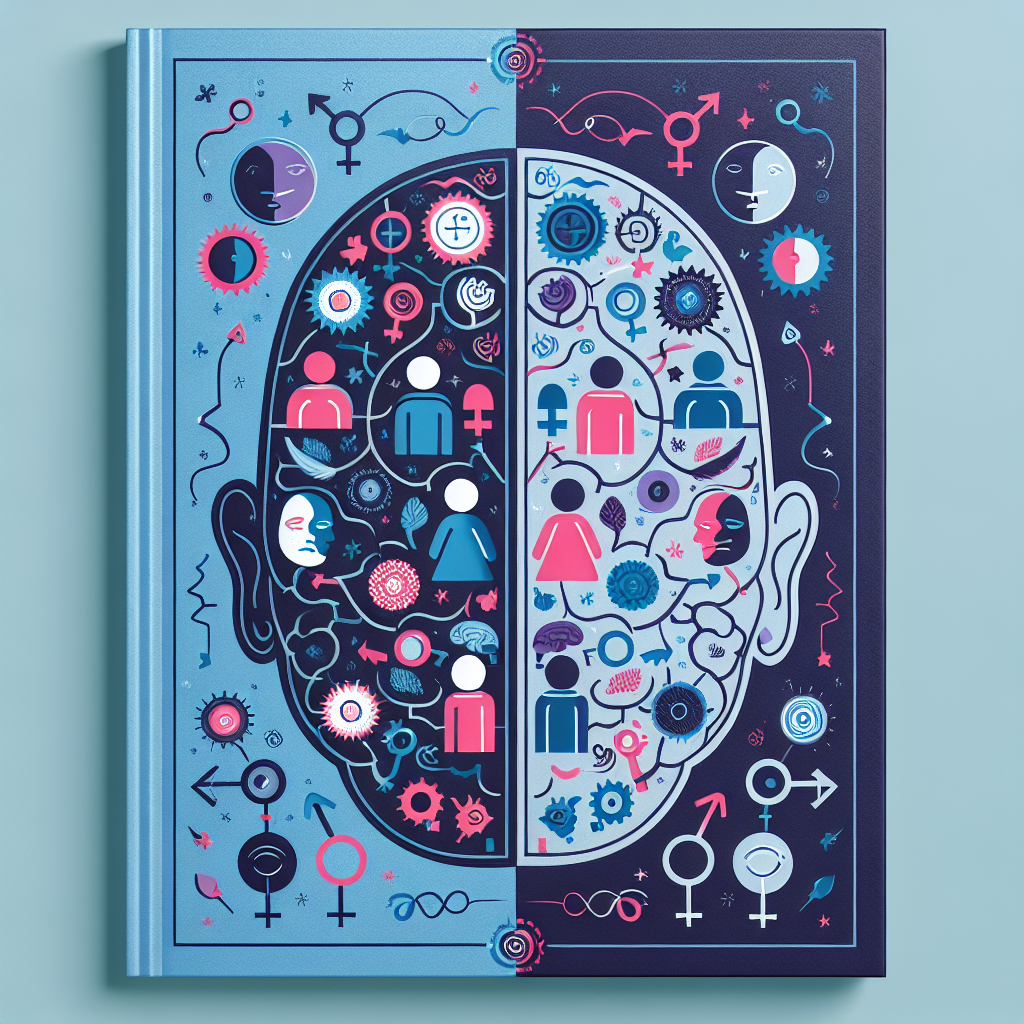
Introduction
In a rapidly evolving world, gender roles continue to shape our experiences in profound ways. The impact of gender roles on mental health: a psychological perspective not only highlights the underlying pressures and expectations tied to these roles but also brings to light their significant implications for well-being. In an age where conversations about mental health are gaining momentum, understanding how gender constructs influence psychological health is essential. It may change how we approach therapy, support systems, and ultimately, our capacity for empathy and understanding.
The Significance of Gender Roles in Society
Gender roles—socially constructed behaviors that define how individuals of different genders are expected to think, feel, and act—play crucial roles in shaping individual identity and societal expectations. Research has consistently shown that these roles can lead to restrictions in behavior, career opportunities, and emotional expression.
Table 1: Common Gender Roles and Their Expectations
| Gender | Common Role Expectations |
|---|---|
| Male | Assertive, dominant, emotional stoicism |
| Female | Nurturing, submissive, emotional expressiveness |
The psychological burden associated with adhering to these expectations can have far-reaching consequences.
Gender Stereotypes and Psychological Health
Understanding Gender Stereotypes
Stereotypes govern the way we perceive and approach relationships, work, and emotional responses. For instance, men are often socialized to suppress their emotions to fulfill the stereotype of being “strong," while women may be conditioned to prioritize care and empathy over self-advocacy.
The Psychological Fallout
The impact of gender roles on mental health: a psychological perspective reveals multiple ways in which these stereotypes adversely impact well-being:
- Men: The pressure to conform to traditional masculine norms can lead to issues such as aggression, isolation, and anxiety.
- Women: Conversely, adhering to stereotypical feminine roles may lead to higher rates of depression, anxiety disorders, and low self-esteem, particularly when they struggle to balance personal aspirations with caregiver roles.
Case Study: The Male Experience
A poignant study conducted in 2020 explored the mental health of men aged 30-50. Researchers found that those who reported adhering strictly to traditional masculinity (i.e., aversion to vulnerability) reported higher levels of anxiety and depressive symptoms. The psychological narrative that men should not seek help perpetuated a cycle of silence, worsening mental health.
Analysis: This case study underscores the detrimental effects of rigid adherence to gender roles on male mental health. It emphasizes the necessity for societal shifts in perceptions surrounding masculinity that can genuinely create healthier emotional landscapes.
The Intersection of Gender and Mental Health
Cultural Factors
The impact of gender roles on mental health: a psychological perspective is invariably intertwined with cultural nuances. Different cultures impose varying gender expectations, translating into unique mental health challenges. For instance, in collectivist societies, men may feel immense pressure to be the primary breadwinners, whereas women might grapple with the expectations of familial obligations.
The Role of the Workplace
In professional settings, gender roles manifest through biases and barriers. Women often face the glass ceiling—an invisible barrier to advancement due to stereotypes around leadership capabilities. For men, the burden of being perceived as less competent if they take time off for family care can lead to workplace-related stress.
Chart 1: Gender Gaps in Occupational Mental Health
| Gender | Prevalence of Work-Related Stress (Percentage) | Self-Reported Anxiety Levels |
|---|---|---|
| Male | 55% | 37% |
| Female | 63% | 44% |
This chart reflects the disparity in work-related mental health experiences, revealing how gender roles sculpt our professional lives and, by extension, our psychological well-being.
Strategies for Mental Health Awareness
Promoting Emotional Expression
Encouraging emotional literacy is crucial for dismantling the barriers imposed by gender roles. Educational programs targeting both young boys and girls can foster an environment where emotional expression is welcomed, thus alleviating the psychological burdens tied to conforming to strict roles.
Therapy and Support Systems
Psychological practices and therapy approaches must consider gender aspirations and roles. Cognitive Behavioral Therapy (CBT), for instance, can be tailored to address how gender norms affect clients’ emotional states and behaviors.
Case Study: Creative Arts Therapy
A community program in New York employing creative arts therapy reported significant improvements in emotional expression among both genders. The program was particularly effective in reducing anxiety symptoms among men who previously found traditional forms of therapy intimidating.
Analysis: This showcases how alternative therapeutic approaches can transcend gender roles, making mental health resources more accessible and relatable.
Conclusion
The landscape of mental health is intricately tied to the fabric of gender roles. The impact of gender roles on mental health: a psychological perspective illuminates not just the challenges but also the solutions. As we strive for a balanced approach to mental well-being, it becomes imperative to deconstruct harmful stereotypes and foster environments where individuals can feel safe expressing their true selves.
Actionable Insights
Encouragement of Open Conversations: Foster dialogues about gender norms and mental health within communities, workplaces, and families.
Educational Outreach: Tailor educational programs that focus on emotional intelligence and the deconstruction of harmful stereotypes.
- Supportive Policies: Advocate for workplace policies that recognize and address mental health needs uniquely tied to gender experiences.
FAQs Section
1. How do gender roles affect mental health?
Gender roles can create psychological stress due to expectations and limitations placed on individuals. These roles dictate acceptable emotions and behaviors, affecting mental well-being.
2. Are men more likely to experience mental health issues tied to gender roles?
While men may experience a different set of issues, both genders face mental health challenges associated with compliance to their assigned roles. Nevertheless, studies indicate that men often struggle with emotional expression, leading to higher incidences of anxiety and depression.
3. What can be done to combat the effects of gender roles on mental health?
Raising awareness, promoting emotional expression, and reforming educational and workplace policies can help mitigate the adverse effects of gender roles on mental health.
4. Are there gender-specific mental health treatments available?
Yes, there are therapeutic practices that cater to gender-specific experiences, including group therapies focusing on shared experiences and issues unique to a gender.
5. How can individuals change their understanding of gender roles?
Individuals can engage in self-reflection, seek education on gender studies, and participate in community dialogues that challenge existing stereotypes.
This exploration of "The impact of gender roles on mental health: a psychological perspective" serves as both an insightful glance into the challenges faced and a call to action for societal change. It invites readers to consider the deeper narratives of mental health shaped by gender, emphasizing the ongoing journey toward equality in emotional expression and understanding.















